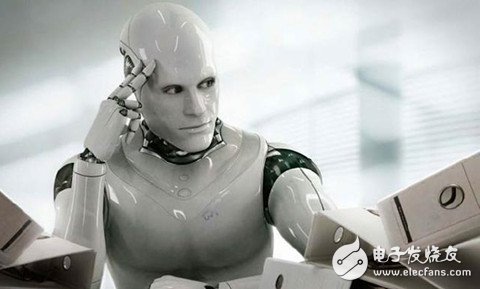How does the energy Internet turmoil take advantage of Big Data Nuggets?

But now don't worry, today, driven by international and domestic policies, and the development of emerging technologies such as mobile Internet, Internet of Things, cloud computing, and big data, the global energy Internet has emerged.
what does this mean?
The main problem affecting the development of energy Internet is that in the industrial chain, basic energy sources such as electricity, gas, oil, etc., are very fragmented, how to store, transmit, and dispatch? For consumers such as individuals, businesses, shopping malls, etc., the consumption characteristics are also very complicated. How to use and use?
Therefore, the establishment of a user-centric energy big data platform, open up the industrial chain, on the basis of user label management, as a basic platform for corporate portraits and user portraits, in the future can solve problems such as "your home is not hot."
But how do you do it? Mr. Dong Jijun, an energy industry architect, expressed some practical sharing of energy at the Energy Forum held by the School of Big Data.
The first step - the full-dimensional "energy" portrait <br> <br> different from other industries, energy consumption is very complicated.
For an energy user, households, schools, institutions, shopping malls and other energy use behaviors have different characteristics, and involve electricity, gas, oil and other aspects. Faced with such a complicated situation, under the trend of the energy Internet, it is necessary to construct energy portraits for energy users throughout the network to form a human-centered standard network structure.
In the process of building this complex energy image, third-party data is needed to innovate the value chain. This is a percentage of what has been done, based on more than 550 million user images, and gradually establish an energy image system. Through the labeling system, you can build awareness of the panoramic view, help improve services, and even refactor the entire industry.
After years of practice, real-time data collection (including smart meters and other device sensors, environmental sensors), through the data model algorithm, to establish energy use portraits, so as to real-time interaction of energy use.
In the future, the energy industry will be very diversified on the user side, and many small-scale power sales companies will emerge. In particular, distributed energy can change the identity of consumers and become a "production and sales" consumer.
Typical applications - what new ways to play in the energy industry?
The chain-based energy industry is based on big data, from data to network, and the entire energy form will be a purely networked Internet architecture in the future.
Under this new trend, energy production and sales, as well as energy management and organization, will undergo profound changes. Each node must have very clear cognition and portraits to land specific business applications. Percentages have been practiced in the energy sector for many years, summarizing some of the results and sharing typical applications in the energy industry.
1. Abnormal analysis, scheduling optimization:
For example, in the field of gas, remote reading, temperature data, customer information, equipment data, billing data and area data of households, schools, shopping malls, etc. are concentrated. From the perspective of the whole network consumer, under the framework of energy consumption, describe the characteristics of energy use and energy use, and then perform anomaly analysis and take scheduling optimization.
10-port Hub 3.0 is a versatile and efficient device that allows you to expand the number of USB ports available on your computer or laptop. With its high-speed USB 3.0 technology, it offers faster data transfer rates and improved performance compared to USB 2.0 hubs.
Hub features ten USB 3.0 ports, providing you with ample connectivity options for your various devices such as external hard drives, scanners, cameras, and more. It eliminates the need for constantly swapping devices or using multiple hubs, making it ideal for home, office, or travel use.
10-port Hub 3.0 is backward compatible with USB 2.0 and 1.1 devices, ensuring compatibility with older devices that may not support USB 3.0. It also supports hot-swapping, allowing you to connect or disconnect devices without the need to restart your computer.
With its compact and sleek design, this hub is space-saving and easy to carry. It comes with a built-in power adapter to ensure stable and reliable power supply to all connected devices.
10-port Hub 3.0 is plug-and-play, requiring no additional drivers or software installation. Simply connect it to your computer's USB port, and it will be ready to use. It is compatible with Windows, Mac, and Linux operating systems, providing broad compatibility across different platforms.
Multi-Port HUB USB3.0,Industrial grade USB3.0 hub ,Type-c HUB 3.0,USB3.0 10-port HUB,Portable 10-port USB 3.0 hub
shenzhen ns-idae technology co.,ltd , https://www.best-charger.com